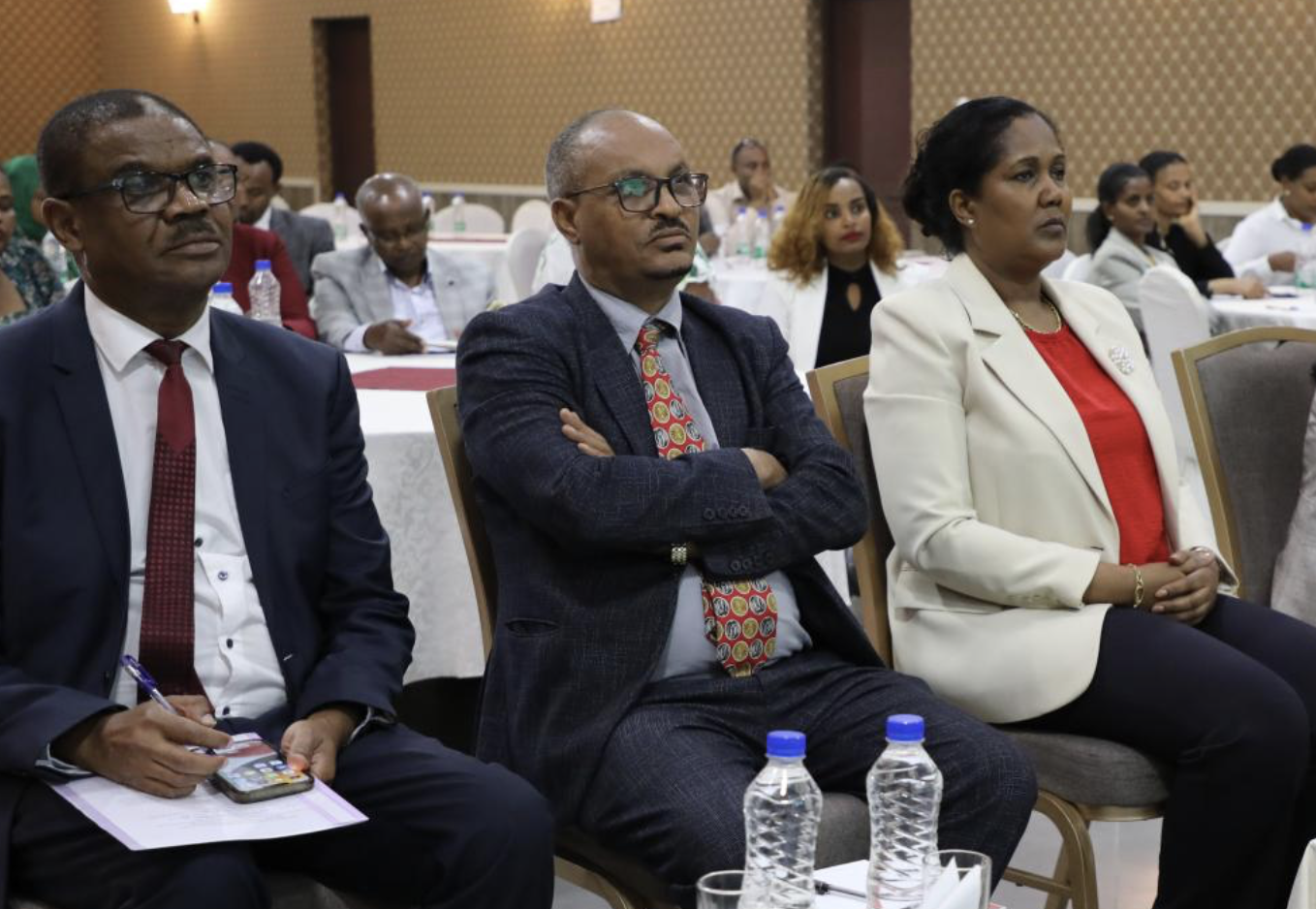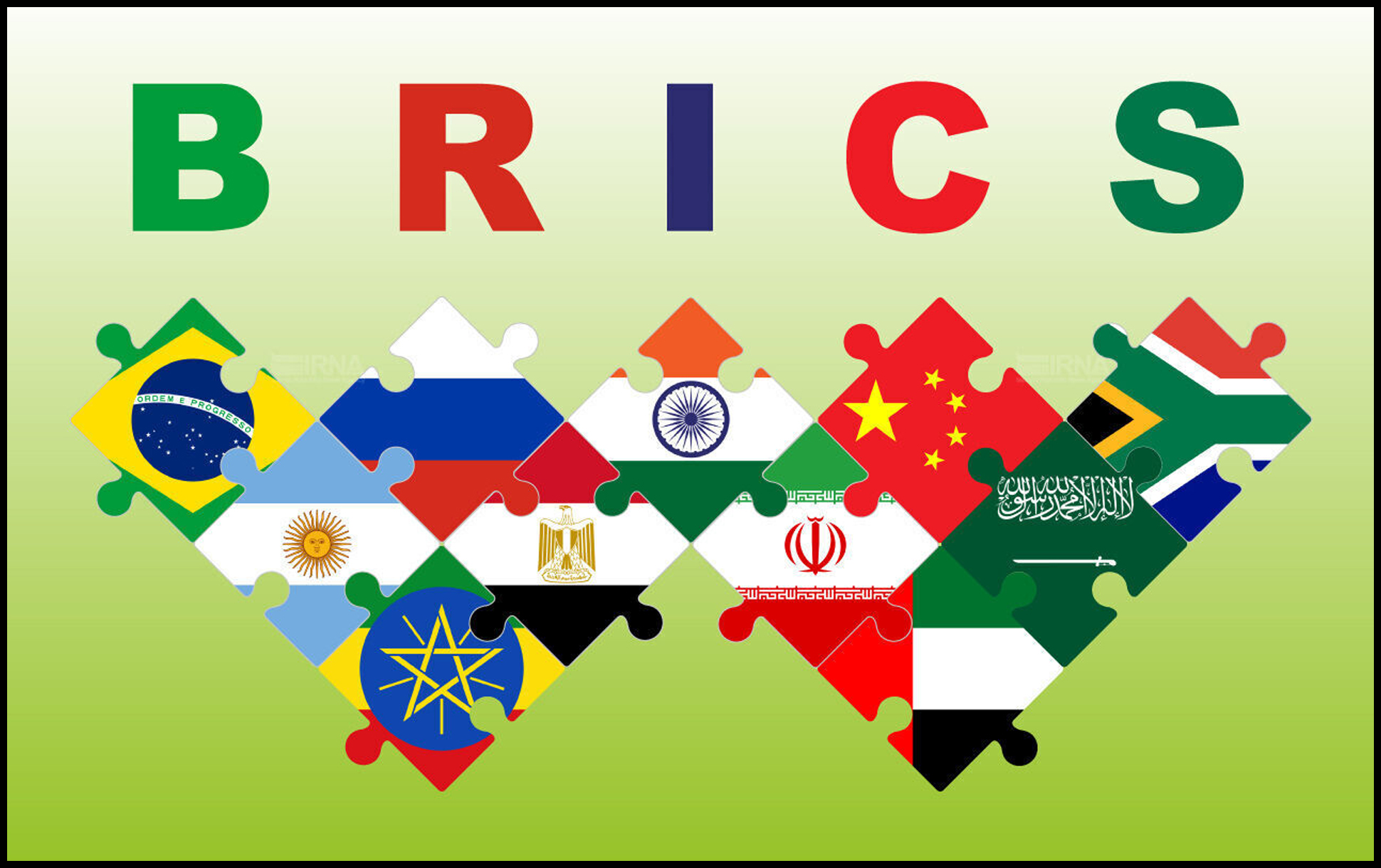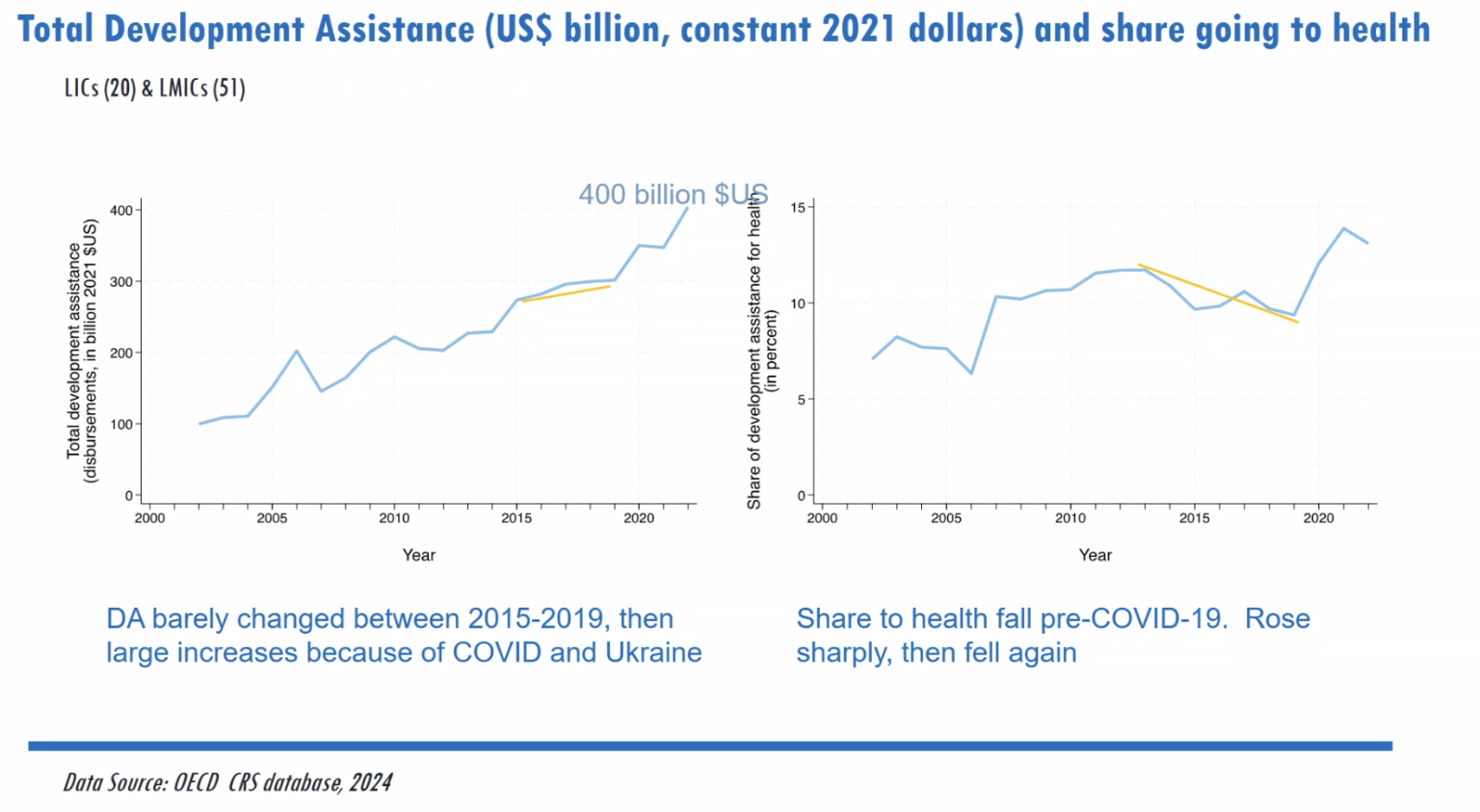Ethiopia, a low-income country (LIC) with a population of about 107 million in 2023[1], has experienced economic growth and made remarkable improvements in health outcomes. Ethiopia’s 2019/2020 National Health Accounts report shows government health expenditure increased substantially between 2017 and 2020. The government introduced various health financing initiatives to advance universal health coverage (UHC), implementing fee waivers for the most vulnerable. In 2019, Ethiopia’s composite UHC service index was 38, lower than the average for LICs in sub-Saharan Africa [2].
Ethiopia’s pathway to UHC and health security
Since 2000, Ethiopia executed consecutive five-year plans, including four Health Sector Development Plans and two Health Sector Transformation Plans. The country introduced the Health Sector Medium-Term Development and Investment Plan, a strategic road map (2023/24 to 2026/27). Strengthening Primary Health Care (PHC) is Ethiopia’s key strategy to advancing UHC.
Community-based health insurance (CBHI) covers over 89% of administrative districts, with approximately 81% of households enrolled, benefiting over 55 million people (60% of the target). Despite being voluntary, CBHI membership has provided improved financial protection. Subsidies and premium waivers financed by federal and subnational governments ensure CBHI is relatively equitable and targets people living in poverty. Still, challenges such as better aligning CBHI with UHC objectives of equity, efficiency, transparency and accountability remain.
The way forward and policy options
Ethiopia plans to launch formal sector social health insurance (SHI). To avoid a two-tier health system – one tier for the formal sector and one for the informal – equity and fragmentation implications need to be managed. CBHI and SHI scheme integration merits consideration. If integration into one national health insurance scheme is not feasible, policy tools might be introduced to improve pooling. These include cross-subsidization and harmonization of benefit packages, contracting arrangements and provider payment mechanisms and renumeration rates. Shifting to regional or national PHC–level pooling and capitation can improve risk pooling, reduce costs and improve financial sustainability.
While introducing mandatory health insurance could improve coverage for members, full enforcement would be difficult given Ethiopia’s large informal sector. To enable wider enrolment among households living in poverty, the government could further increase subsidization for them.
Well-documented supply side challenges remain, like perceived low quality of care and stock-outs of medicine and supplies. Challenges undermine CBHI roll-out, as members may turn to the private sector, facing higher prices and potentially greater catastrophic health expenditure.
[1] Federal Democratic Republic of Ethiopia, Ministry of Health. (2023/24–2025/26). Health Sector Medium Term Development and Investment Plan (HSDIP).
[2] World Bank Group, World Bank Open Data, Accessed 15 Jun 2022.




